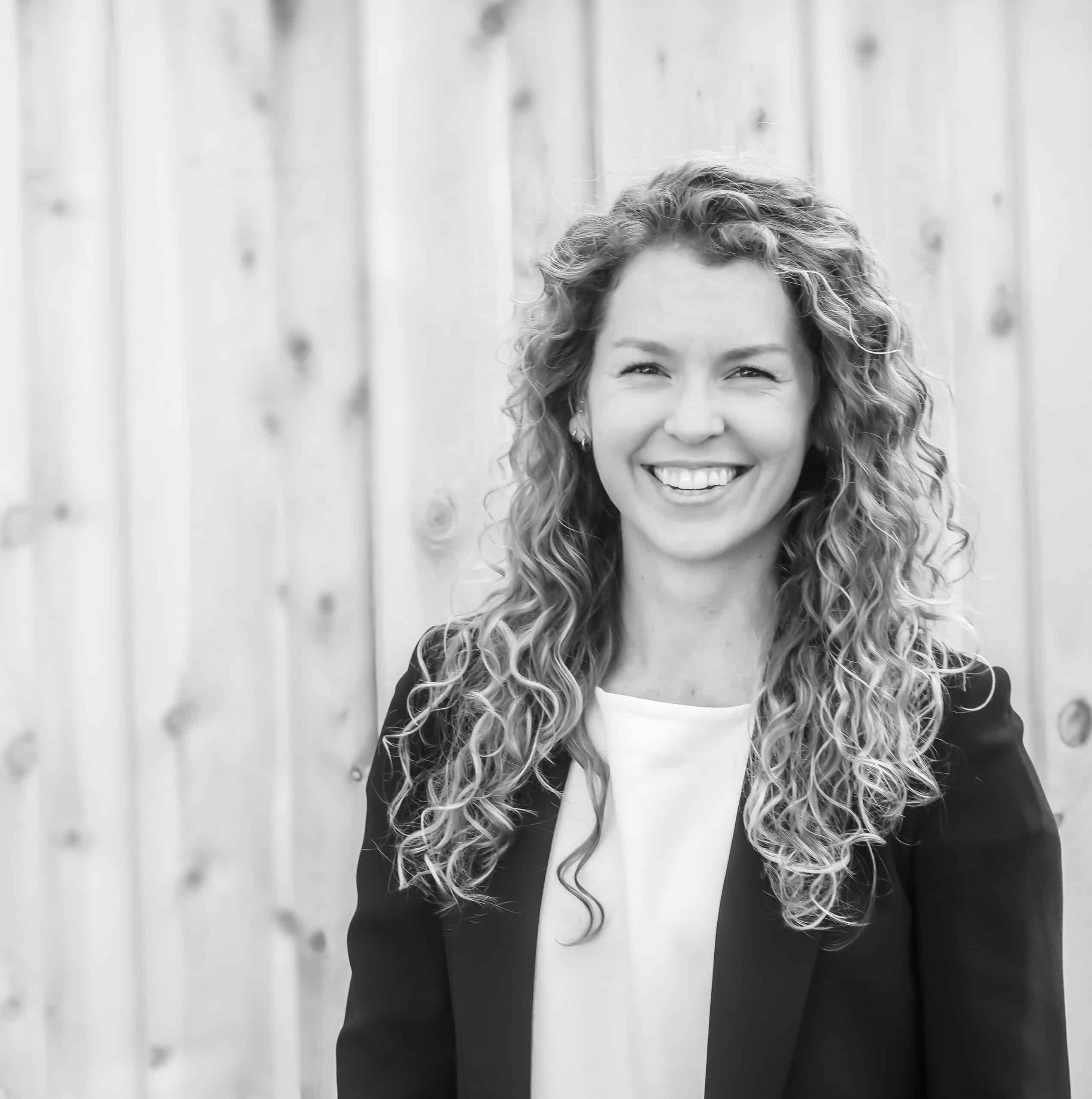
By Kelsey Kennedy Ackmann
If you’re planning on applying to Fulbright, you probably know that Fulbright Awards allow scholars to teach, study, or conduct research abroad. But did you know there are actually two different methods for applying to Fulbright ETA and Fulbright Study/Research Grants? One is to apply through your University, and the other is to apply independently as an “at-large candidate.” In this article, I’d like to share questions to consider for each method so you can decide which works best for you and your specific circumstances.
The goal of your application is, of course, to ultimately be selected to travel abroad through a Fulbright Award. Your application will go through two review processes: It will first be reviewed by your home country’s Fulbright committee. Then, if all goes well, it will be passed along to the committee of the country you’re applying to for final review.
What not all applicants know is that you also have the option to add or forego another step in the process. Prior to being reviewed by the committees listed above, your application could also be reviewed by your current or former college or university. Choosing to include this step means that you are applying to Fulbright via your university. Choosing to forego this steps means that you are applying as an “at-large” candidate. You must indicate whether you are an “at-large” bid or applying through your institution when you submit your application.
Depending on your personal situation, applying at-large could be helpful, or not as helpful, in securing your Fulbright Award. To decide which method makes the most sense for you, let’s review each one. An important note here: If you’re a current student, Fulbright “strongly encourages” you to apply through your University, so most of this advice specifically applies to alumni or students with potentially extenuating circumstances.
The Difference Between Applying to Fulbright via Your University vs. “At-Large”
When you decide to apply to Fulbright through your University or alma mater, what typically happens is that you will work with your college Fellowships Advisor on your application and submit all of your materials on an internal deadline that is typically a few weeks sooner than the official Fulbright deadline. Your school will then rank you among all of their other Fulbright applicants from your college for that year.
In other words, if your school has 4 other Fulbright applicants the year you apply, you will be ranked 1-5 among the candidates from your school. This is not a preliminary opportunity to be eliminated from consideration; your school does not have the authority to reject your application. However, it does allow the school to add their two cents on the candidates they’re submitting. The benefit to this is that, if you are a top candidate from your school’s pool of applicants, you effectively obtain an additional stamp of approval of your capability and strength as a candidate.
Applying through your college or university allows your institution the unique opportunity to advocate on your behalf, potentially adding more credibility to your application. However, there are some potential downsides to this process. First, the ranking isn’t broken down by the country being applied to. This means that even if all 5 of the applicants are incredibly strong and all would be strong candidates for their respective countries, they will still be ranked 1-5. You could be a fantastically strong candidate for your country but still ranked a 4 or 5 simply in comparison to the other applicants from your school’s perspective.
From there, your school will submit your materials on your behalf, along with your ranking, and you will join the larger applicant pool made up of applications from other Universities and all of the at-large bids that did not go through a school.
As you might have guessed, being an “at-large applicant,” simply means that you complete and submit your Fulbright application independently. This means that you’re responsible for keeping yourself on track to complete all of your application materials by the official Fulbright deadline (typically in early October). This approach could be beneficial if you have a busy working schedule and are unable to spend time meeting with your college Fellowship Advisor multiple times ahead of the deadline, or if you get a late start on your application and could really benefit from having a few extra weeks to work on it, since you won’t have to meet an earlier internal University deadline.
Deciding Your Approach
As you can see, there are pros and cons to both application methods, but the choice is ultimately up to you. In my case, when I successfully applied to be a Fulbright ETA in Brazil, I elected to submit my application at-large. Despite having graduated two years prior, I chose to have both of my letters of recommendation come from current professors at the school, one of them being an endowed chair. That, in my opinion, sufficiently vouched for my academic abilities and demonstrated a strong affiliation with my college, which are the same benefits that come from applying through the school itself. I preferred to pursue the guaranteed benefit of the extended deadline over the possible additional benefit of a positive school ranking.
Consider the following questions and how they apply to your situation. They can help figure out what approach best sets your application up for success.
- How many applicants typically come out of your school on an annual basis, or how many will be submitted for your specific year? If this number is (typically) low, then there is likely very little downside to applying through your institution. However, if your school has many applicants on average or especially that year, you might be adding an unnecessary additional competition layer that you need to try and “win” before even making it in front of the Fulbright selection committee.
- How strong are my application, academic performance and credentials in comparison to the other applicants from my school? If you are ranked first in your class and have great letters of recommendation, it’s possible that your application will be the strongest compared to the others. In that case, you might as well apply through your school and get the additional accolade!
- What weight will my university’s opinion have on my overall application? For better or worse, some schools are more well-known than others. If your school is notorious for producing top talent in your discipline of choice, then having the backing of their recommendation could be a very positive addition to your application and make it stand out among those from other schools or at-large bids. (This doesn’t mean you have to go to an Ivy League school! If your school has never had a Fulbright Award winner, that may be a unique opportunity for your school to showcase itself and therefore would be a positive in the eyes of the Fulbright committee.) However, if your school does not have a lot of notoriety for a specific industry or they have a history of submitting unsuccessful applications, how much extra credibility will your school’s backing actually add to your application?
- What are the deadlines if you apply through your institution? Since your application would need to be reviewed by your school prior to the overall Fulbright deadline, the deadline to apply through your school is earlier than the overall deadline. Consider if that time would be better spent further perfecting your application instead of potentially receiving the top ranking from your school.
- How many applicants will be accepted for your country of choice your application year, and what’s the typical acceptance rate? If your country of choice is extremely competitive, receiving many applications but accepting very few (and therefore has a low acceptance rate), then having the added recommendation from your school may be a key differentiator amongst the other applicants for that country. Or, if your country is not as commonly applied to and therefore you have better statistical odds of getting selected, then perhaps the school recommendation would be advantageous to stand out amongst the other few applicants. The number of ETA applicants from previous years and the acceptance rate are posted on the Fulbright website.
Some tips to increase your chances of success, regardless of whether or not you apply through your University:
- Remember that your application needs to appeal to a minimum of two other key audiences. Your application needs to win the hearts of both your home Fulbright Association and the Fulbright Association of the country you’re applying to. This might impact the word choice you use in your application. If you are applying from the United States to go to Brazil, that means your first round of reviewers will be Americans, while the next round of reviewers will likely be native Brazilian Portuguese speakers. Be cognizant of your word choice, ridding it of idioms or slang: you do not want to risk a key point about yourself getting “lost in translation.”
- Consider the origin of your letters of recommendation. If you apply through your school and are confident that you’ll be highly ranked, perhaps it’s more beneficial to have two letters of recommendation that come from outside your school. If you are applying at-large, it may be good to include a letter of recommendation from someone from your school to show the continued loyal affiliation you still have (i.e. you’re not applying at-large because you annoyed every professor at school!).
- Do your research on the country you’re applying to. Are they accepting more Fulbright exchanges this year than they have in previous years? If so, why might that be? For example, Brazil was accepting significantly more Fulbright ETA’s for the years surrounding and including when they hosted the World Cup soccer tournament and Olympic Games. I deduced that the reason behind the increase was to prepare as many of their citizens as possible for communicating and interacting with the incredibly international visitors that would be in their country in the coming years. If you have a side project that applies better to a different country’s situation, which I touched on in How to Write a Successful Statement of Grant Purpose, consider applying to that one instead to increase your odds.
While the decision to apply through your institution or as an at-large bid does not in-and-of-itself guarantee success, it is worth considering which process will better bolster your chances of winning the award. (That is, after all, the objective, right?)
Good luck!
Kelsey Kennedy Ackmann graduated from Gustavus Adolphus College in St. Peter,
Ready to start applying to Fulbright? Check out “5 Tips to Brainstorm Your Fulbright Personal Statement Topic.”
© ProFellow, LLC 2022, all rights reserved.
